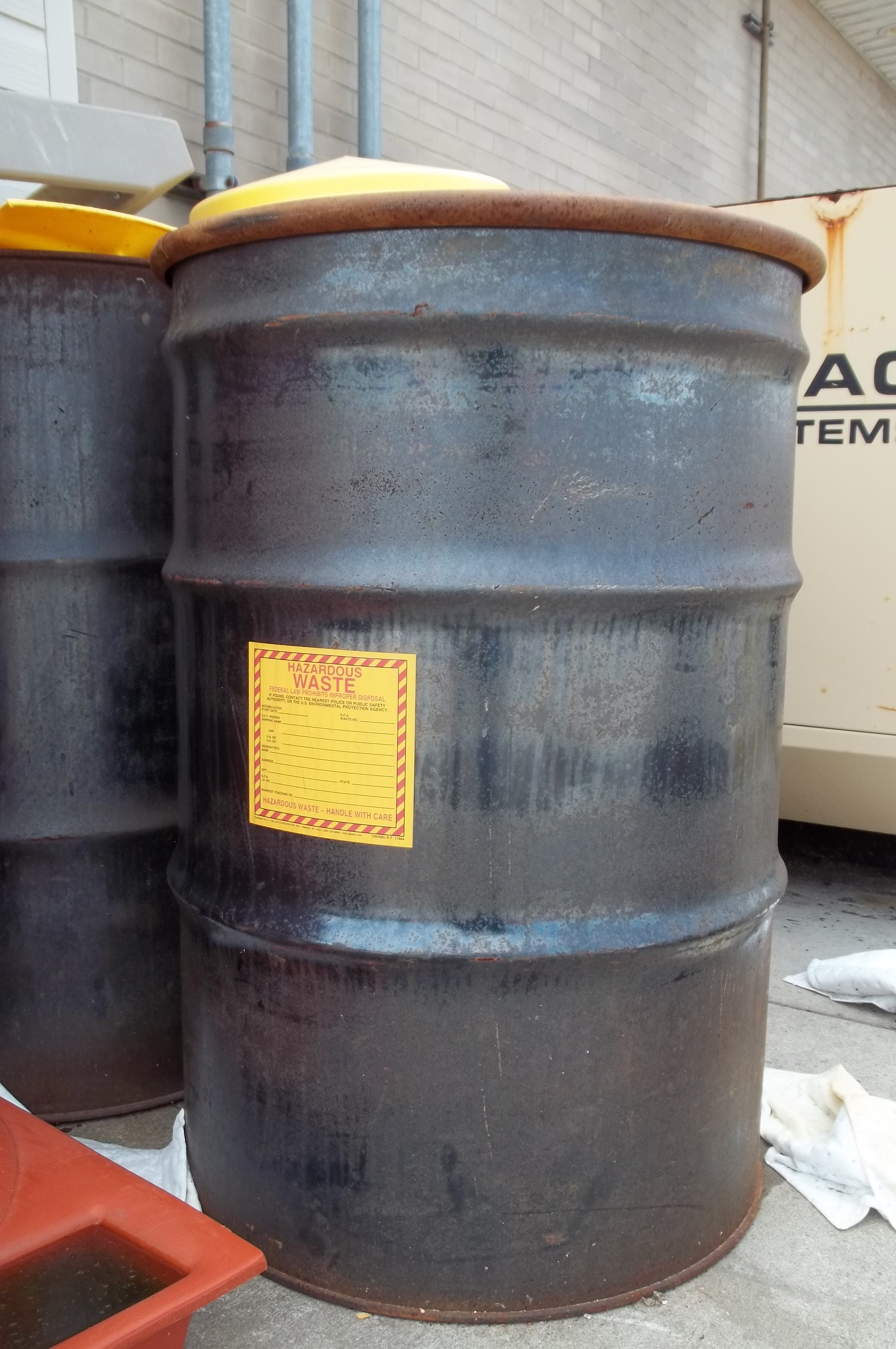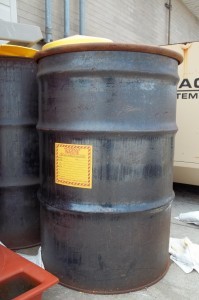On February 2, 2015 an EHS Professional who had attended one of my Training Seminars contacted me with a question:
Dan, I attended your HazMat Employee & Hazardous Waste Training class last <<MONTH>> in <<CITY, STATE>>. I am hoping that you could help me out by advising me what to do with a 4 oz bottle of lacto phenol cotton blue stain that we just discovered hidden in a drawer in our laboratory.
According to SDS, it is approx. 80% phenol which is hazardous.
My question to you is how would you recommend handling this? I know we are allowed to keep small amounts on site. Would you safely package it up and store on site or would you go ahead and pay the cost of disposing it immediately?
Last year we went through the lab to clean out expired chemicals and did hire a company to dispose of all hazardous material but missed this bottle of stain.
I would greatly appreciate your advice.
My response on February 9, 2014:
I apologize for my delay in responding. I’ve been super busy the past few weeks.
To answer your question you have a few options, I have outlined some of them below along with some suggestions.
- I would not be in any rush to call it a waste – and therefore a hazardous waste – too quickly. As the generator you have some discretion in deciding when it is a waste (i.e. when it is discarded) as long as it does not appear to be abandoned. As such, you could continue to keep it on the lab shelf with some plans in the near future to use it.
- Is it possible to use it? If you can find some way to use it as a product in a legitimate manner, then it would not be discarded and would not be a waste. Perhaps your lab personnel could use it in some form of experiment that consumes the material leaving nothing but a RCRA Empty container which can then go in the trash.
- If it becomes a waste, as the generator you have the option to treat a waste to make it non-hazardous. This can be done if the waste is hazardous due to a characteristic (D001, D002, D003, or D004-D043) but not if it is a listed hazardous waste (F-codes, K-codes, P-codes, U-codes). It sounds like what you have is a characteristic hazardous waste (D001 for Ignitability). You could therefore, mix it with a large amount of non-ignitable waste and make it non-hazardous. Or you could solidify it with absorbants and dispose of it as a non-hazardous waste.
- If you are a CESQG and it is not a listed hazardous waste (see above) you could add it to your Used Oil and still manage it as a Used Oil.
In sum, you have a lot of options for the management of this material that does not require off-site transportation as a hazardous waste. Though of course that remains an option.
I hope this helps. Please don’t hesitate to contact me with any other questions.
Dan
EHS Professional replied:
Excellent information! Thank you very much!
| Daniels Training Services815.821.1550Info@DanielsTraining.com |




